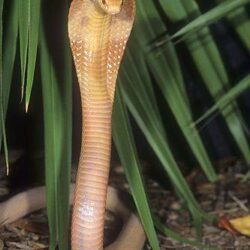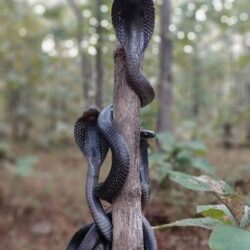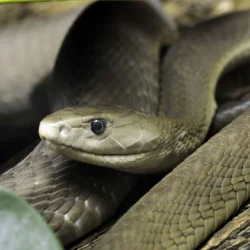In the intricate dance of predator and prey in nature, there are moments that astonish and captivate us. One such fascinating spectacle is the crafty technique employed by certain snakes to catch their avian prey.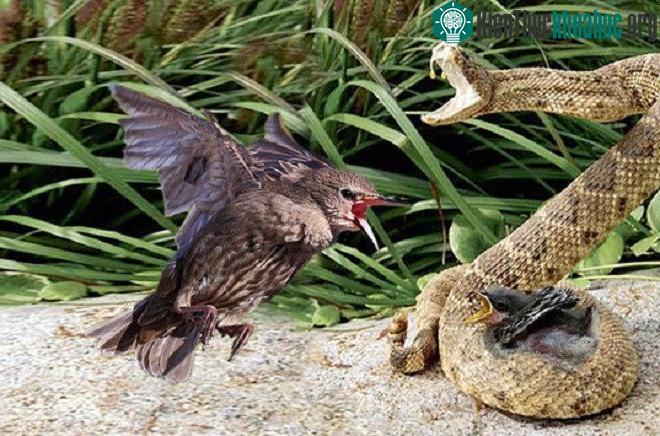
Across various ecosystems, from dense forests to open grasslands, snakes have evolved remarkable strategies to hunt birds. One such example is the skillful mimicry exhibited by certain species like the boomslang (Dispholidus typus) and the green tree python (Morelia viridis). These snakes possess an extraordinary ability to blend seamlessly with their surroundings, often resembling the branches or foliage of trees.
Using this camouflage to their advantage, these serpents patiently lie in wait among the branches, almost indistinguishable from the environment around them. With a keen eye and lightning-fast reflexes, they strike when an unsuspecting bird ventures too close. Their speed and precision are astonishing, ensuring that their prey has little chance of escape.
Furthermore, some snake species have developed specialized anatomical features to aid in their avian pursuits. For instance, the vine snake (Thelotornis spp.) possesses an elongated body and slender head, resembling a vine swaying in the wind. This remarkable adaptation allows them to approach their avian prey unnoticed, striking with lightning speed when the moment is right.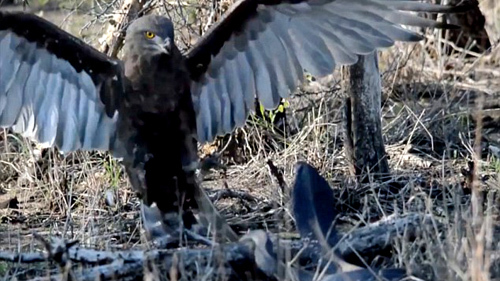
Additionally, certain aquatic snakes, such as the yellow-bellied sea snake (Hydrophis platurus), have adapted to hunt seabirds along coastlines and offshore islands. With their streamlined bodies and potent venom, they are formidable hunters in the marine environment, preying on unsuspecting birds resting on the water’s surface.
Despite the awe-inspiring spectacle of snakes catching birds, it is a reminder of the delicate balance of nature. Predation is a fundamental aspect of ecosystems, shaping the behavior and populations of both predators and prey. As we witness these remarkable interactions in the natural world, we gain a deeper appreciation for the complexity and beauty of life on Earth.
